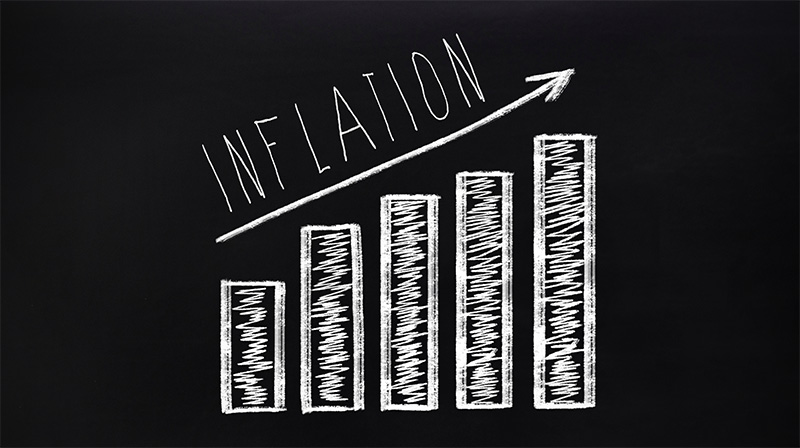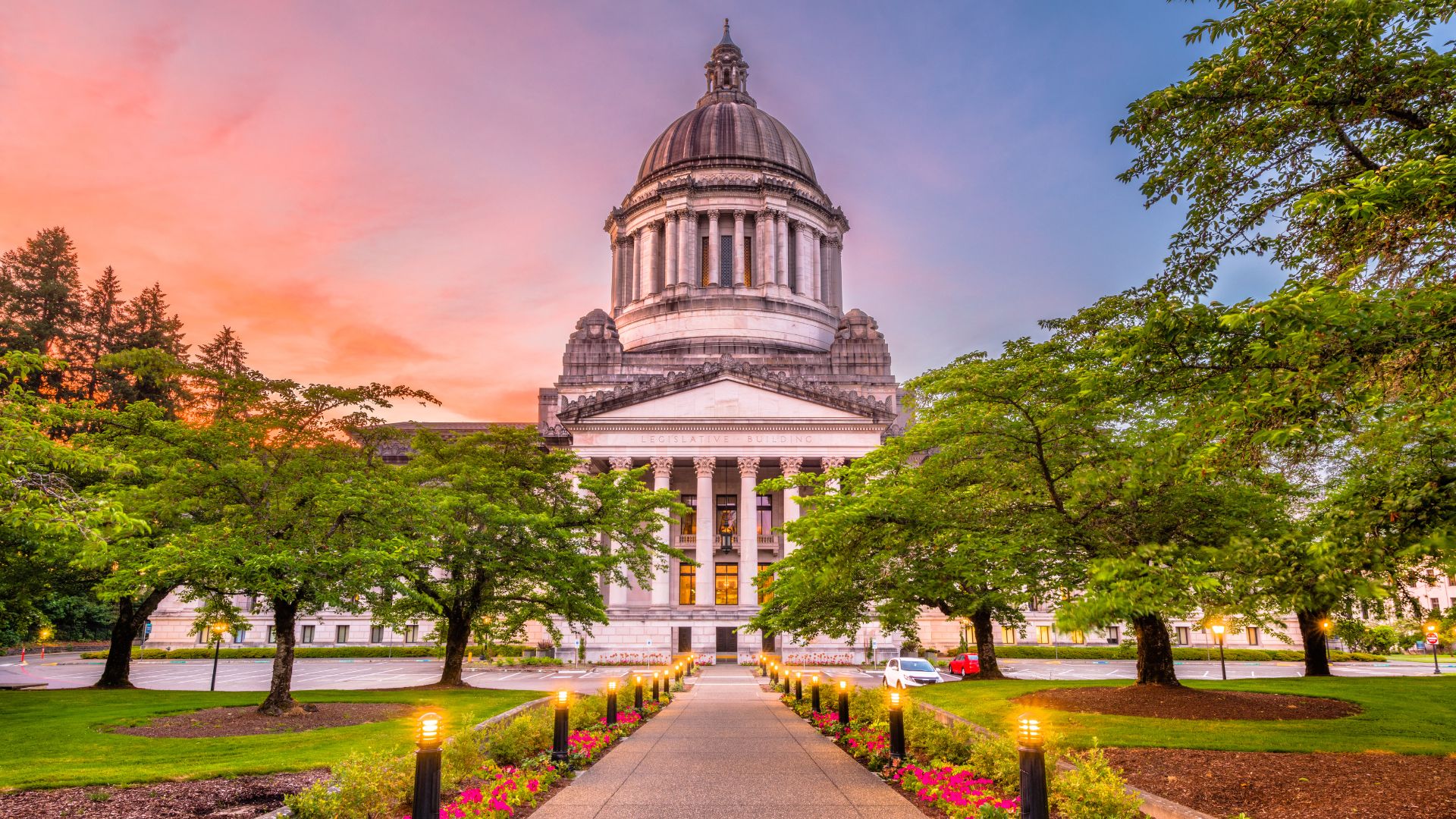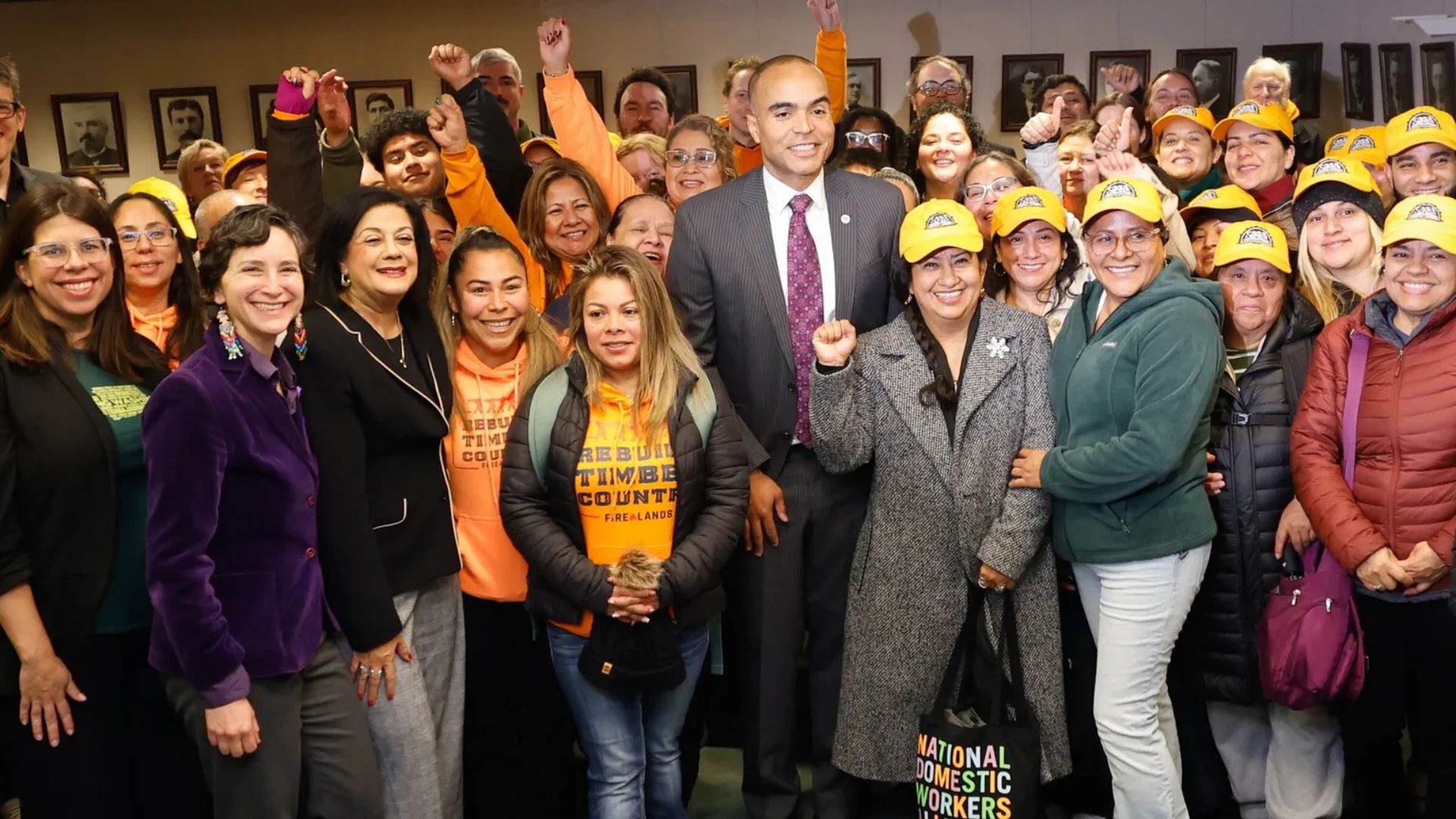
A significant slowdown in inflation was observed in October, signaling that the Federal Reserve might halt its series of interest rate increases. Data from the Labor Department showed that overall consumer prices remained stable compared to the previous month and experienced a 3.2% rise over the prior year, a slower increase than in September, primarily due to lower gasoline prices.
Core prices, which exclude the often fluctuating costs of food and energy, saw a modest rise of 0.2% from September to October and a 4% increase from the previous year. This is the smallest annual rise since September 2021, influenced by reduced vehicles and air travel prices, along with smaller housing cost increases. Core inflation is generally considered a more accurate indicator of future inflation trends.
This welcome news positively impacted the stock and bond markets, leading investors to believe that the Fed would cease raising rates. Yields on government bonds, like the 10-year Treasury, fell notably. For five consecutive months, core prices have risen at a slower pace, aligning with the Federal Reserve’s requirements to consider stopping rate hikes. The overall inflation rate peaked at 9.1% in June 2022.
Investors are now less inclined to expect further rate increases from the Fed in the near future, and there’s growing anticipation that rate cuts could begin as early as May. The slowdown in inflation is a positive sign for the Fed, which had been concerned about persistent high inflation due to robust consumer spending. This year’s inflation rate slowdown is one of the most significant in decades, suggesting that the Fed’s efforts have effectively controlled inflation without triggering a recession.
The Federal Reserve’s next meetings will likely focus more on adjusting their public statements to reflect the recent progress in controlling inflation and the reduced likelihood of further rate increases. This shift in focus comes after a period of uncertainty, where many had expected a higher core inflation rate. The goal remains to achieve a “soft landing,” reducing inflation without causing a recession, a balance that now seems more achievable.

